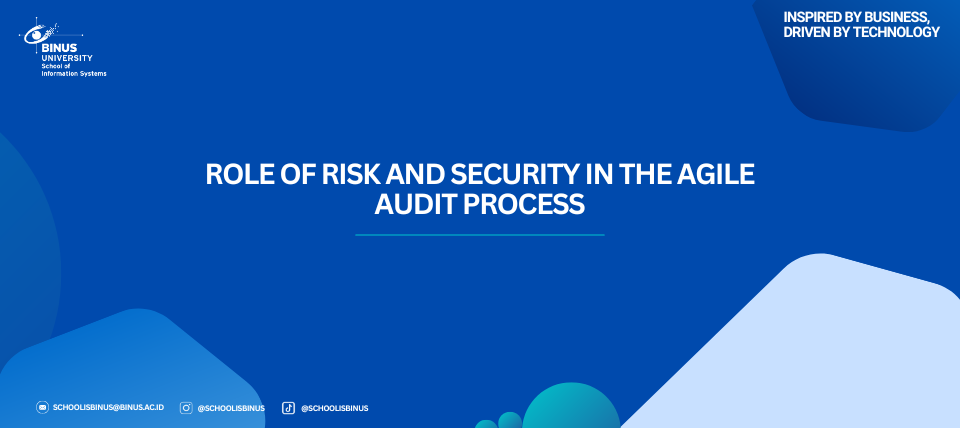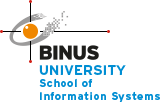ROLE OF RISK AND SECURITY IN THE AGILE AUDIT PROCESS

Risk and security are critical components of the Agile audit process, ensuring organizational stability, compliance, and protection against potential threats. Their integration enhances the audit’s relevance, adaptability, and value in fast-paced, iterative Agile environments. Below is a detailed overview:
- Risk in the Agile Audit Process
Risk management forms the foundation for prioritizing audit tasks and allocating resources effectively. The key elements include:
Risk Identification:
- Continuously detecting risks related to processes, technologies, and organizational changes.
- Engaging stakeholders to uncover new risks during Agile sprints or iterations.
Risk Prioritization:
- Applying a risk-based approach to focus on areas with the highest likelihood and impact.
- Regularly revisiting and updating risk priorities to align with evolving business needs.
- Core Principle: Agile auditing is fundamentally driven by identifying and prioritizing risks. The process emphasizes concentrating on high-impact areas, ensuring that the most critical controls are addressed first.
- Ongoing Evaluation: Risk assessment is an iterative process rather than a one-time activity. It is revisited and updated continuously throughout the audit engagement as new insights are gained and conditions evolve.
Risk Assessment and Analysis:
- Assessing the likelihood and impact of identified risks.
- Using tools like risk matrices or heat maps for effective visualization and categorization.
Risk Monitoring:
- Establishing continuous monitoring systems to track risk fluctuations during the audit.
- Adapting to emerging risks introduced by Agile workflows or external changes.
- Security in the Agile Audit Process
Security ensures the protection of data, systems, and assets during the audit, embedding resilience and compliance within iterative Agile processes. Core aspects include:
Security Assessment:
- Reviewing the effectiveness of security controls, policies, and practices in Agile projects.
- Conducting regular vulnerability assessments and penetration tests to identify weaknesses.
Data Protection:
- Ensuring adherence to data privacy regulations (e.g., GDPR, CCPA) when managing audit data.
- Protecting sensitive information exchanged during Agile ceremonies or collaboration sessions.
Secure Collaboration:
- Enabling secure communication among auditors and auditees through encrypted platforms.
- Verifying the security of Agile tools (e.g., Jira, Trello) to mitigate unauthorized access risks.
Security Awareness:
- Educating teams on security risks and their potential consequences throughout the audit.
- Embedding security principles in Agile practices, including sprint reviews and retrospectives.
- Security Considerations:
- Safeguarding Data: Ensuring the protection of data collected, processed, and stored during the audit process is crucial in today’s digital landscape.
- Addressing Cybersecurity Threats: Organizations need to evaluate and mitigate cybersecurity risks linked to their IT systems and data. This is particularly important in Agile environments, where rapid changes may lead to new vulnerabilities.
Integration of Risk and Security in Agile Audits
Risk and security are interconnected and must be seamlessly embedded into every stage of the Agile audit process:
- Dynamic Adjustments: Regularly update risk assessments and security reviews to adapt to Agile’s iterative nature.
- Proactive Measures: Address risks and implement security controls early in sprint cycles to prevent escalation.
- Stakeholder Collaboration: Work closely with teams to resolve risks and security issues without disrupting workflows.
- Continuous Feedback: Leverage iterative insights from risk and security evaluations to enhance future audits.
- Shift-Left Approach: Agile auditing promotes integrating security considerations early in the development process, rather than addressing them at the end. This proactive approach helps prevent and mitigate security vulnerabilities from the outset.
- Continuous Monitoring: By incorporating ongoing monitoring and feedback loops, Agile audits enable the early identification and resolution of security risks throughout the development lifecycle.

